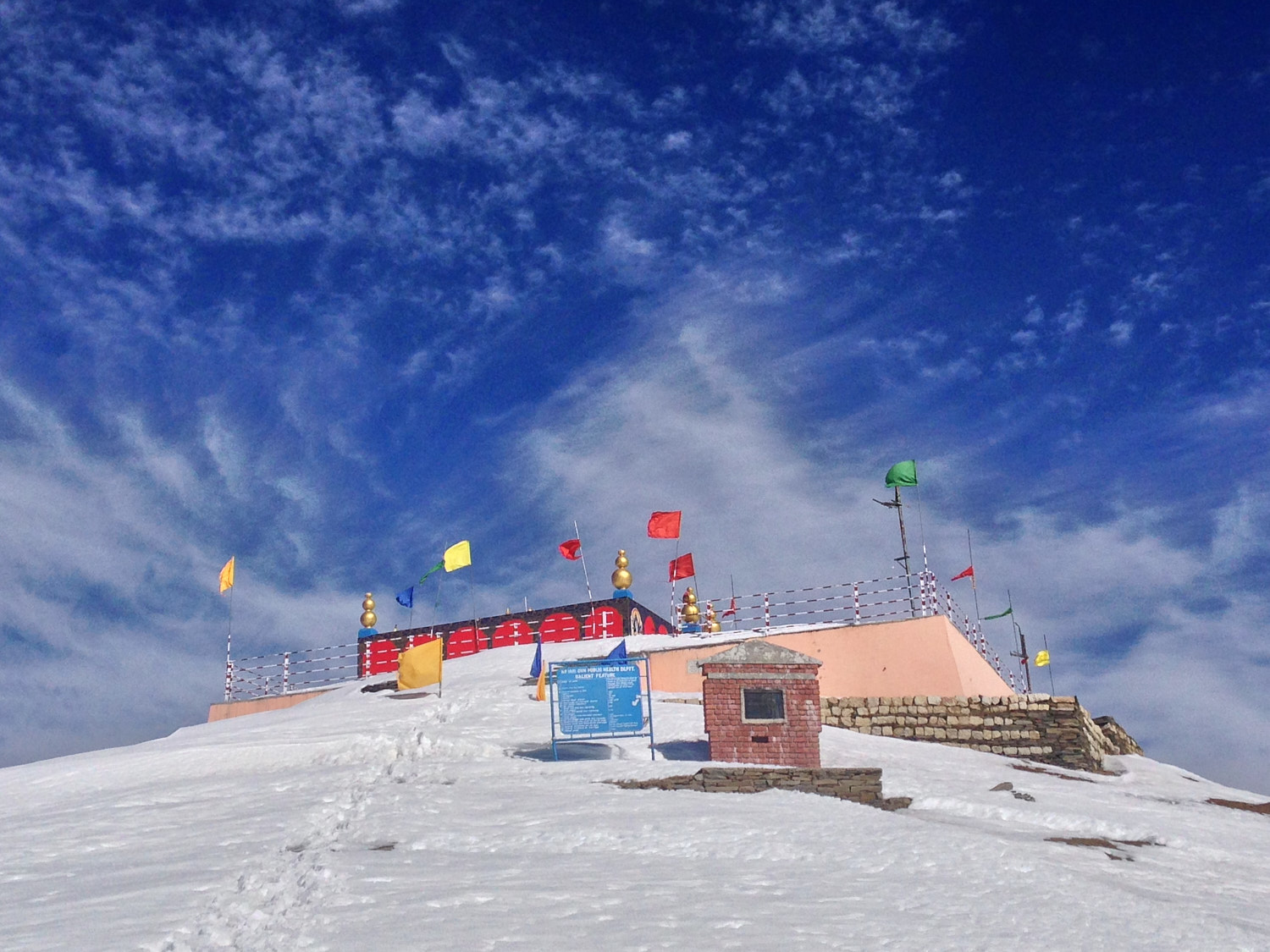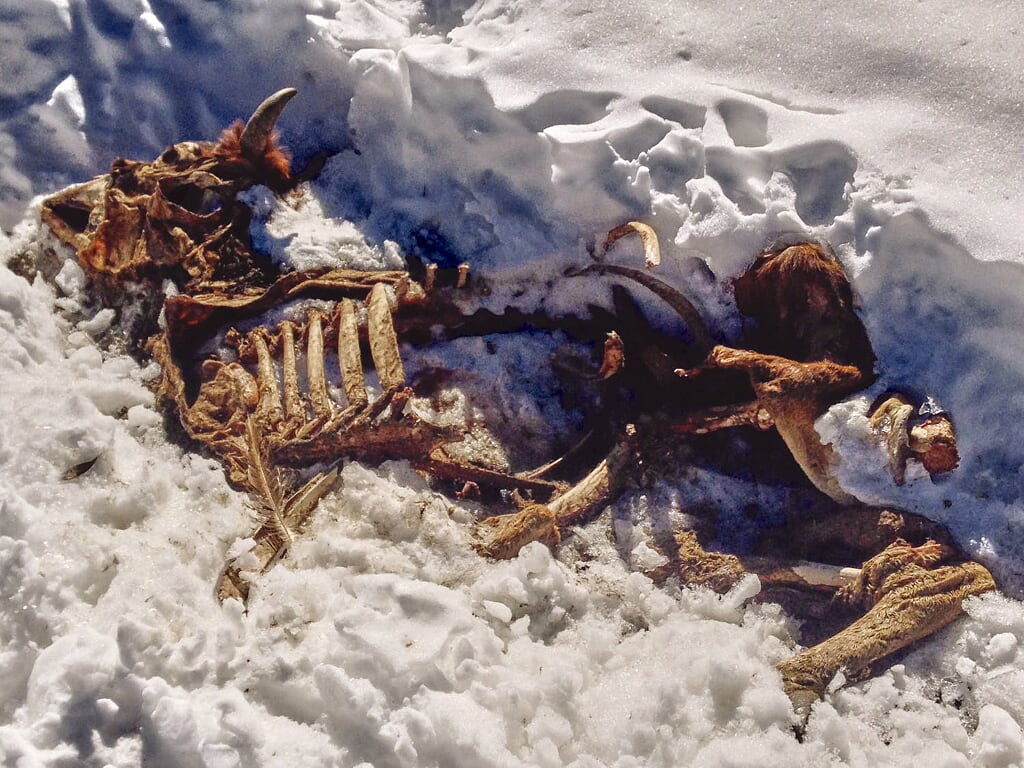Right Clothes for a Himalayan trek
Trekking is a simple and delightful activity. Trekking clothes, however, is a different story. The vast array of trekking clothing choices can be bewildering for a beginner. You don’t need to buy a new wardrobe before you hit the trail in the Himalayas, but you’ll need a few basics to stay safe and comfortable.
Table Of Contents
The Basics
The rule of thumb when it comes to the right trek clothes is to extensively research your route and to avoid cotton. Better research means you pack less yet, more appropriate clothes. Appropriate clothing means you are better-equipped to handle an emergency or deal with inclement weather. Choosing the right clothing also means less weight on your back. Keep your outdoor clothing as cotton free as possible. Ditch those fashionable jeans and cotton t-shirts for a synthetic base layer. This is because a synthetic layer -
Synthetics Wick Perspiration
Most synthetic clothing is non-absorbent. This means it moves perspiration away from the skin and spreads it over the garment to speed up evaporation. This leaves you less damp and clammy over an extended physical exertion.
Synthetic Clothing Dries Quickly
Synthetic garments dry off much faster than cotton garments without drawing away body heat. This reduces the risk of dramatic swings in body temperature.
Synthetic Is Stretchier
Synthetic clothing is better at retaining shape after being stressed. This makes it better for strenuous activities like trekking.
Trek Clothing - What To Wear
This is a list of what to wear and other clothing tips distilled from my experience in the Indian Himalayas. You may supplement this list with warm/rain weather clothing when needed.
1. Cap
A visor or baseball cap is oft-forgotten or relegated as an afterthought. Yet, it forms the foundation of your weather protection. On a sunny day, a cap will protect you from the sun and on a rainy day, it keeps the rain off your eyes. Instead of one with a neck flap use it in combination with a bandana/buff to avoid sunburn on the back of the neck. Look for a cap with a longer than normal sunshade, because it provides more protection from the elements.
2. Sunglasses
It is obvious that sunglasses are essential for sunny days. Yet, they are especially helpful if your route involves walking through an ice field or a glacier. Snow blindness can be painful and debilitating. Look for sunglasses that have -
- wide field of view
- interchangeable lenses (you can swap out different lenses based on conditions - yellow for fog, category 4 for snow etc)
- neck cord for those “oops” moments.
Category 4 lenses are indispensable for a long trek over snow or ice.
3. Buff/Bandana
This is one of the few items, where cotton fabric is acceptable. A bandana is a versatile piece of clothing. It may be used as a scarf to protect the back of your neck from sunburn or as a towel on a hot day. At higher altitude (>4000 metres), a bandana over your mouth means that you inhale moist air and it prevents a sore throat. Some of my female companions prefer a bandana as a pee wipe.
4. Inner Wear
Synthetic boxers and/or sports bra. Cotton innerwear is notorious for bunching, staying wet and chafing. If you’ve ever walked bow-legged after a long hot day of trekking, you know what I mean. Choose form-fitting, synthetic inner-wear, preferably one without seams to avoid chafing.
5. Full Sleeve T-Shirt
Not just any T-shirt but a full-sleeve T-Shirt. A full-sleeved t-shirt provides better protection from sunburn by keeping the sun off your arms. It also helps protect against flies, ticks and other flying nasties. A half zipper in the front ventilates better on a hot day. If you can afford merino wool clothing made by icebreaker, then by all means go for it. I prefer merino wool because it feels more natural against my skin and it tends to hold off body odour for longer compared to synthetic clothes. However, merino wool is much more expensive and it also frays faster than synthetic clothing.
6. Zip-off Trousers
Synthetic lightweight trousers are the way to go. Avoid cotton and denim trousers. While many may consider them to be fashion no-no I love my zip-off trousers. They offer me more versatility when crossing streams and on days where the temperature fluctuates a lot. I also prefer trousers that have zippered pockets and are reinforced in key areas like knees and the seat. Zippered pockets mean you are less likely to have things fall off from your pocket. For harder/longer treks I prefer one piece (instead off zip-off) trousers. One-piece trousers are less prone to failure. In such a case I can always roll my trouser bottoms if I need more ventilation.
7. Socks
I always carry five pair of socks with me. Two (yes two) that am wearing, the other two in the outside pocket of my rucksack and the fifth and final pair is explicitly for sleeping/camp duties. During a trek I replace the one on my feet with the ones in my backpack every couple of hours.
I always wear a combination of [two socks to avoid blisters]({% post_url 2020-03-01-Wear-Two-Socks-To-Prevent-Blisters %}). A lightweight inner liner socks, and outer thicker “sports” socks - synthetic and ankle length. Inner socks provide wicking and outer socks provide cushion and support.
8. Shoes
Regular reader know I prefer [lightweight trail running shoes over heavy boots]({% post_url 2015-08-09-Boots-Or-Shoes-For-Trekking-In-India %}). I prefer shoes that have some rubber reinforcement, a wider toe box and more aggressive outsole lugs.
9. Watch
A watch helps keep a check on distance and speed. My watch must feature a time, day and date display. I am not ashamed to admit I have lost track of dates and days on a multi-day trek. I find an hourly chime and an alarm to be extremely useful. A chime helps me keep track of my distance while an alarm means I am up early for those landscape photographs. I have unfettered love for the Casio F91W the retails for under Rs. 900.
10. Gaiters
Gaiters strap over the trekking shoe and around the leg to provide protection from branches and thorns and to prevent mud, snow, etc. from entering the top of the boot. Gaiters help shoes behave like boots with only a fraction of weight. Therefore, gaiters are not an accessory but a valuable must-have. Most Himalayan treks will involve scree, and moraine your feet will thank you for the added protection that gaiters provide.
Conclusion
If you’re new to trekking, I recommend that you print this page and use it as a checklist for your next Himalayan trek. Paring your trekking wardrobe down to articles of clothing that work for you is a rewarding experience. Not only will it make your backpack lighter but you will be far more comfortable on a hike. Once you’ve experienced the joy of clothes that work for you you will never go back to trekking in street casuals. That’s a promise!




